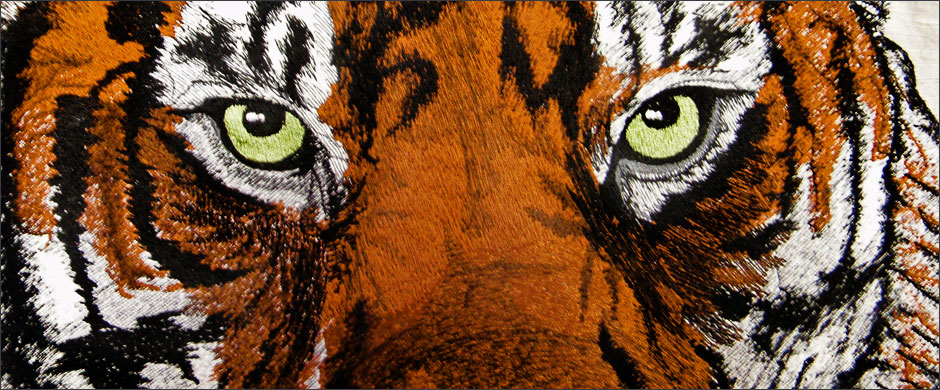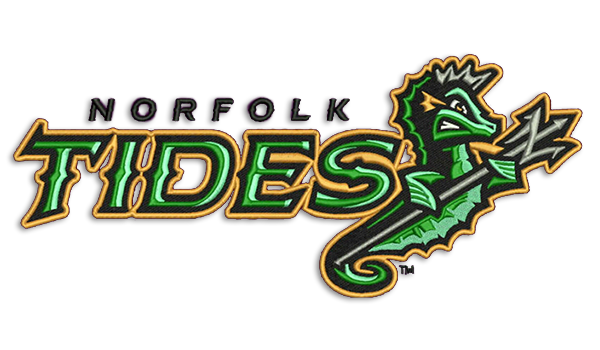Explore Various Kinds Of Needlework Digitizing Techniques
Embroidery digitizing has actually developed considerably over the years, using a myriad of methods to bring layouts to life in the electronic world. The world prolongs to a lot more innovative strategies like photorealistic needlework digitizing and the interesting world of 3D needlework digitizing.
Conventional Hand Embroidery Digitizing
Conventional hand needlework digitizing involves the procedure of transforming elaborate hand-stitched styles right into digital styles for device embroidery. This technique requires proficient artisans to carefully assess the handmade style and after that make use of specialized software to recreate it in an electronic layout. Each stitch, color, and information should be meticulously translated to guarantee that the essence of the original hand embroidery is preserved in the electronic variation.
One of the essential challenges of typical hand needlework digitizing is recording the details and nuances of the handmade design. Digitizing for Embroidery. Craftsmens should have a deep understanding of different embroidery techniques, such as satin stitch, chain stitch, and French knots, to properly replicate these techniques in the digital world. In addition, they need to have an eager eye for information to make certain that the electronic layout maintains the same level of artistry and workmanship as the initial hand-stitched piece
Punching Method
To effortlessly transition from conventional hand needlework digitizing to the punching method, artisans need to currently concentrate on transforming the complex electronic layouts into directions that needlework devices can analyze. The punching method involves utilizing specialized software application to produce electronic files that have commands for the embroidery equipment to adhere to. This procedure requires a deep understanding of not simply the design itself but likewise the abilities and restrictions of the needlework device.

Auto-Digitizing Software Programs
Embroidery digitizing has actually been revolutionized by the development of auto-digitizing software application, providing artisans with advanced tools to convert electronic styles into check my reference embroidery machine instructions effectively. Auto-digitizing software application utilize algorithms to assess digital pictures or vector files and create embroidery layouts instantly. These programs allow for fast and accurate conversion of intricate layouts into stitch patterns, saving time and initiative for embroiderers.
Among the crucial advantages of auto-digitizing software is its easy to use interface, making it easily accessible to both novices and knowledgeable digitizers. These programs usually include functions such as stitch editing and enhancing devices, thread shade matching, and the capability to preview the final stitched style. Furthermore, auto-digitizing software can take care of complex designs with numerous colors and intricate details, generating top notch needlework data appropriate for numerous garments and textile jobs.
While auto-digitizing software supplies benefit and performance, it is crucial for customers to comprehend the constraints of automated digitizing. Fine-tuning and hand-operated changes might still be required to achieve the desired embroidery quality, especially when taking care of elaborate or special layouts. By leveraging the capabilities of auto-digitizing software application along with hand-operated digitizing methods, artisans can enhance their embroidery digitizing process and develop magnificent stitched items.
Photorealistic Embroidery Digitizing
Making use of advanced digital imaging techniques, accomplishing photorealistic lead to needlework digitizing has actually ended up being a desired skill amongst modern-day craftsmens. This technique involves converting high-resolution images into detailed stitch patterns that closely resemble the original design, resulting in embroidery items useful link that display lifelike information and depth.
To attain photorealistic embroidery digitizing, craftsmens need to have a keen eye for information and a thorough understanding of how different stitch kinds and thickness can impact the last end result. By very carefully mapping out each shade and color in the image, embroiderers can develop a digital file that overviews the embroidery equipment to duplicate the nuances of the initial photo properly.
Photorealistic needlework digitizing is especially prominent in producing personalized styles for clothing, home design, look at this now and art pieces where capturing the significance of a picture or artwork is important. This technique enables artisans to change memories, landscapes, portraits, and elaborate art work right into magnificent embroidered work of arts that showcase a mix of traditional craftsmanship and sophisticated modern technology.
3D Needlework Digitizing
With the improvement of digital imaging techniques in attaining photorealistic cause embroidery digitizing, the exploration of 'D Embroidery Digitizing' uses a brand-new dimension to the ins and outs of design replication. 'D Embroidery Digitizing' refers to the three-dimensional digitizing technique that includes deepness and appearance to needlework layouts, producing a more reasonable and visually attractive final product. This strategy utilizes software that imitates the result of light and darkness on the embroidery design, enhancing its total visual impact.
Among the crucial benefits of 'D Embroidery Digitizing' is its capacity to make styles look even more lifelike and vibrant. By including depth to the needlework layout, the last product appears much more reasonable and captivating (Digitizing for Embroidery). In addition, this technique allows for more innovative flexibility in style implementation, allowing embroiderers to experiment with different appearances and effects that were previously challenging to attain
Verdict
